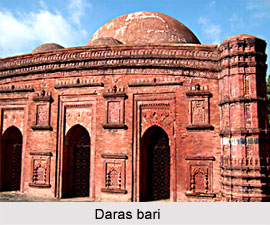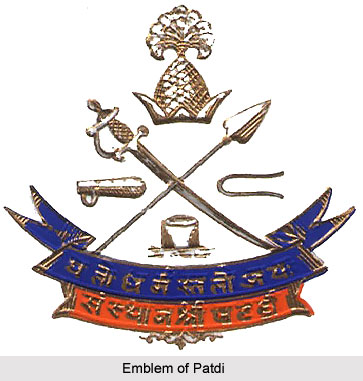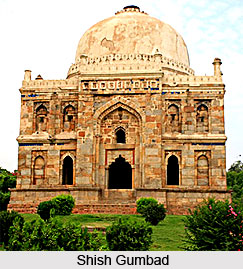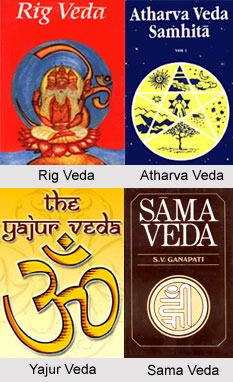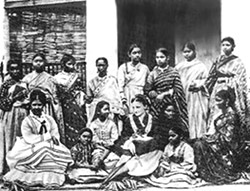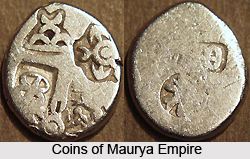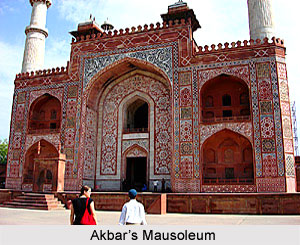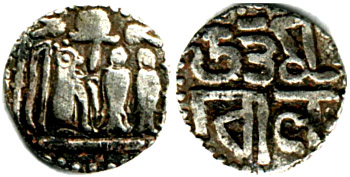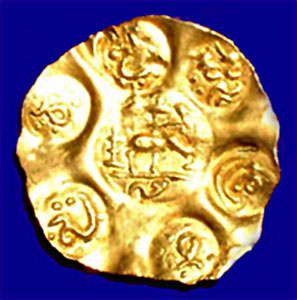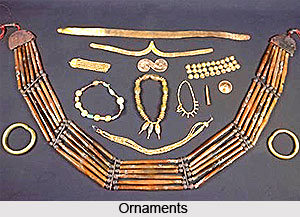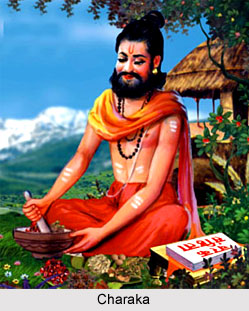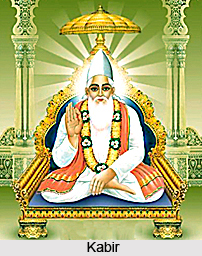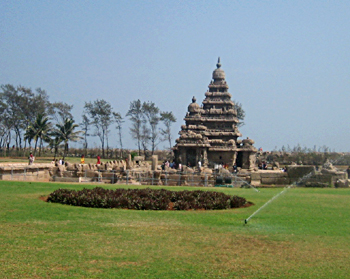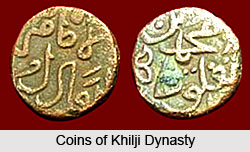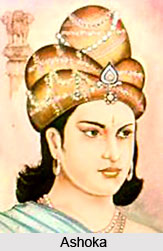 After suffering deluges from every section of the country, the British troops had resorted to final attempts to siege Lucknow to the hilt. As such, officers were assembled from every part of India to this garrisoned city for ultimate preparations. Sir Colin had been the master of this manoeuvre, assisted ably by other competent English officers. Outram, the distinguished officer from the other sieges had also aided in the preparations. Rebellious attempts were being made from every angle of Lucknow by native fighters, with all kinds of possible ammunitions. However, in order to curb such activities, British battalions had prepared themselves at all reachable places in Lucknow, with heavy stores of armoury. Sepoy Mutiny was thus, gradually spreading its wings to infiltrate the whole country.
After suffering deluges from every section of the country, the British troops had resorted to final attempts to siege Lucknow to the hilt. As such, officers were assembled from every part of India to this garrisoned city for ultimate preparations. Sir Colin had been the master of this manoeuvre, assisted ably by other competent English officers. Outram, the distinguished officer from the other sieges had also aided in the preparations. Rebellious attempts were being made from every angle of Lucknow by native fighters, with all kinds of possible ammunitions. However, in order to curb such activities, British battalions had prepared themselves at all reachable places in Lucknow, with heavy stores of armoury. Sepoy Mutiny was thus, gradually spreading its wings to infiltrate the whole country.
Outram had been left, on 26th November, with approximately three to four thousand men of all arms, twenty-five guns and howitzers, and ten mortars. He had to occupy a position which should remind the Lakhnao (Lucknow) rebels of the presence of British troops. He did not locate all these in Alambagh. But occupying that royal garden with a sufficient number, he arranged the remainder in the open about half-a-mile behind it. Outram thus occupied a position across the Kanhpur (Kanpur) road, touching the fort of Jalalabad with his right. Where this position was not naturally covered by swamps, he placed batteries, dug trenches, and planted abattis to protect it.
The rebels in Lakhnao (Lucknow) had been so severely handled by Sir Colin in his relief of the Residency that for some time they made no attempt to agitate Outram. But as time passed, the memory of the losses they then sustained faded. On 22nd December they made a skilfully conceived attempt to sever Outram`s communications with Banni. But the British general was well-served by his spies. Catching the rebels while marching to execute their plan, he inflicted upon them a very ruthless defeat.
About a fortnight later Outram despatched to Kanhpur (Kanpur) a convoy of empty carts, guarded by 530 men and four guns. The rebels soon obtained information of this movement. Believing that the force resting on the Alambagh had been severely crippled, they determined to make a supreme effort to destroy Outram. Accordingly, on 12th of January, they issued from Lakhnao (Lucknow) a regiment comprising 30,000 men. The rebels amassed this body opposite the extreme left of Outram`s position. They then gradually extended it so as to face Outram`s front and left. To the front attack Outram opposed two brigades, the one consisting of 733 English troops, the other of 713. He directed the ever-daring Olpherts to take four guns. Supported by the men of the military train, Olpherts was ordered to dash at the overlapping right of the rebels. He fell on them just as they were developing their overlapping movement. By this move, he not only compelled the rebels to renounce it, but also to retreat in confusion. The two brigades operating against the centre were equally successful. They not only drove back the rebels, but also foiled a menacing movement which their leader was planning against the right of the British position. By four o`clock the rebels were in full flight. Their losses were profound.
But the famous Maulavi, one of the chief authors of the rebellion, was in Lakhnao (Lucknow). The Maulavi had avowed that he would capture the convoy despatched with empty carts to Kanhpur (Kanpur). Accordingly, on the night of 14th January, he quitted Lakhnao (Lucknow) with a considerable force, in very light marching order. He passed the British camp, and occupied a position from where he could fall upon the convoy as it marched. Fortune seemed to favour him, for a violent dust-storm concealed his presence from the leader of the covering party. The cover party leader, moreover, had no warning of the Maulavi`s presence. But the careful watchfulness of Outram frustrated him. Noting how the weather favoured an attack, he despatched Olpherts, with two guns and a detachment of infantry. The detachment was supported by others troops, to aid in bringing in the convoy. Olpherts cleared the ground of the Maulavi and his troops, and the convoy reached the camp in safety. On the 16th, another attack made by the rebels was rebuffed with loss. From that date till the 15th of February they made no sign.
Then, directed by the Maulavi, they made an attack in force, only to be rebuffed. They followed it up by a second the following day, with a similar result. On 21st February, they made a third, and on the 25th a fourth and very severe one at that. In all, the rebels were completely crushed. The last defeat apparently convinced them that it was hopeless to attempt to dislodge Outram.
Thus did Outram, maintain, with a fairly small force, the position assigned to him by the Commander-in-Chief. In his endeavour, Outram was aided by his umpteen capable officers. Towards the end of February his force had been increased. But it never equalled 5000 men. It was calculated, on the other hand, that the rebels had at their disposal no fewer than 120,000 men. Most of them there were trained sipahis and trained cavalry soldiers. The remainder consisted of were new levies, Najibs, or men drilled and armed in the native fashion. Others belonged to the camel corps. On the other hand the armed followers of the talukdars numbered 20,000.


